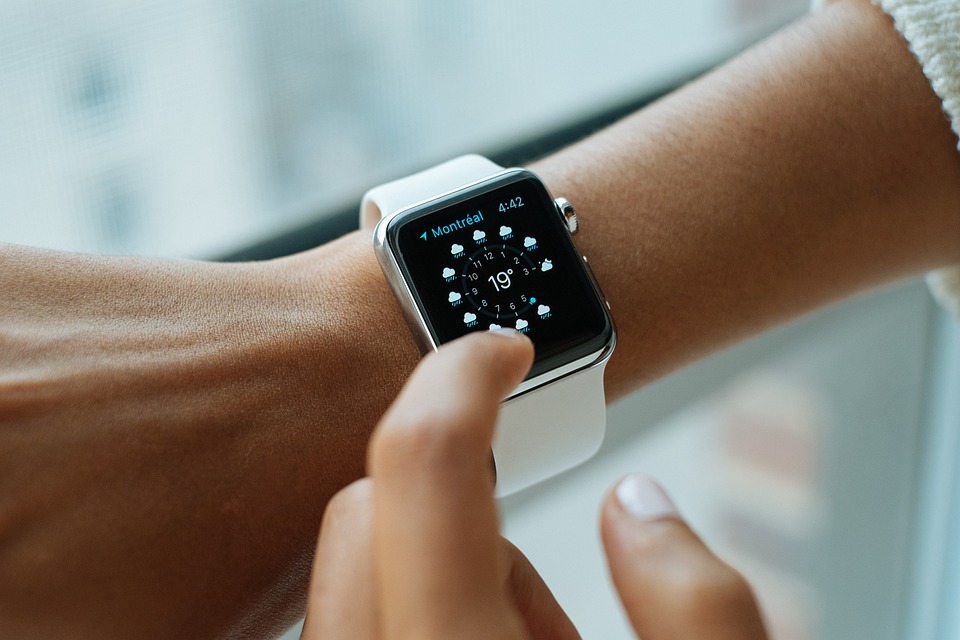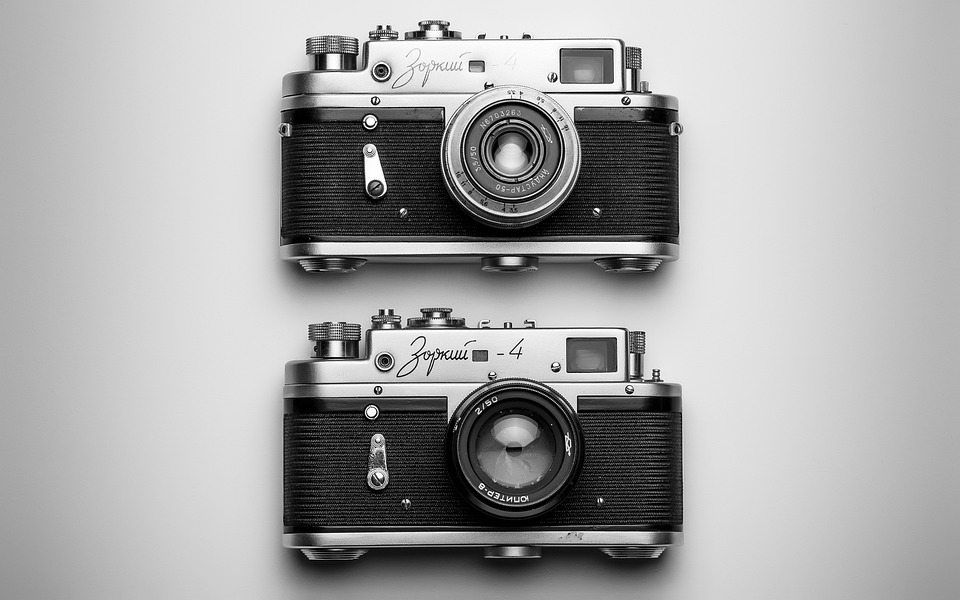
Design technology holds great potential in transforming various aspects of our lives, from how we interact with our environment to how we communicate with others. It encompasses a wide range of technologies such as 3D printing, virtual reality, augmented reality, artificial intelligence, and robotics, all of which contribute to improving our daily experiences.
One particularly exciting application of design technology is 3D printing. This process involves using a computer-aided design (CAD) program to create three-dimensional objects from digital files. Its impact on manufacturing is substantial, as it enables the production of intricate and precise products. 3D printing also allows for customized items, including prosthetics, medical devices, and even food.
The potential of design technology is further evident in virtual reality. This technology enables users to interact with computer-generated environments, offering immersive experiences. It has the power to revolutionize entertainment by transporting users into virtual worlds. Additionally, virtual reality has educational applications, allowing students to explore and engage with simulated environments.
Augmented reality is another groundbreaking application of design technology. Through this technology, digital information is overlaid onto the real world. It opens up new possibilities for how we interact with our surroundings, providing real-time access to information about our environment. Moreover, augmented reality can create interactive experiences like virtual tours and games.
Artificial intelligence (AI) is another promising area of design technology. It enables computers to learn and make decisions independently. This capability has a profound impact on human-computer interaction, as AI allows computers to understand and respond to our commands. It can also be utilized to develop autonomous robots capable of performing tasks on their own.
Finally, robotics stands as another area where design technology has significant potential. Robotics empowers machines to execute tasks autonomously, with remarkable accuracy and precision. This technology has vast implications for how we interact with machines, including the development of self-driving cars and other autonomous vehicles.
Design technology is poised to revolutionize our lives in numerous ways. From the incredible capabilities of 3D printing to the immersive experiences offered by virtual reality, these technologies are transforming various facets of our existence. As these technologies continue to advance, we can anticipate even more applications in our daily lives.




